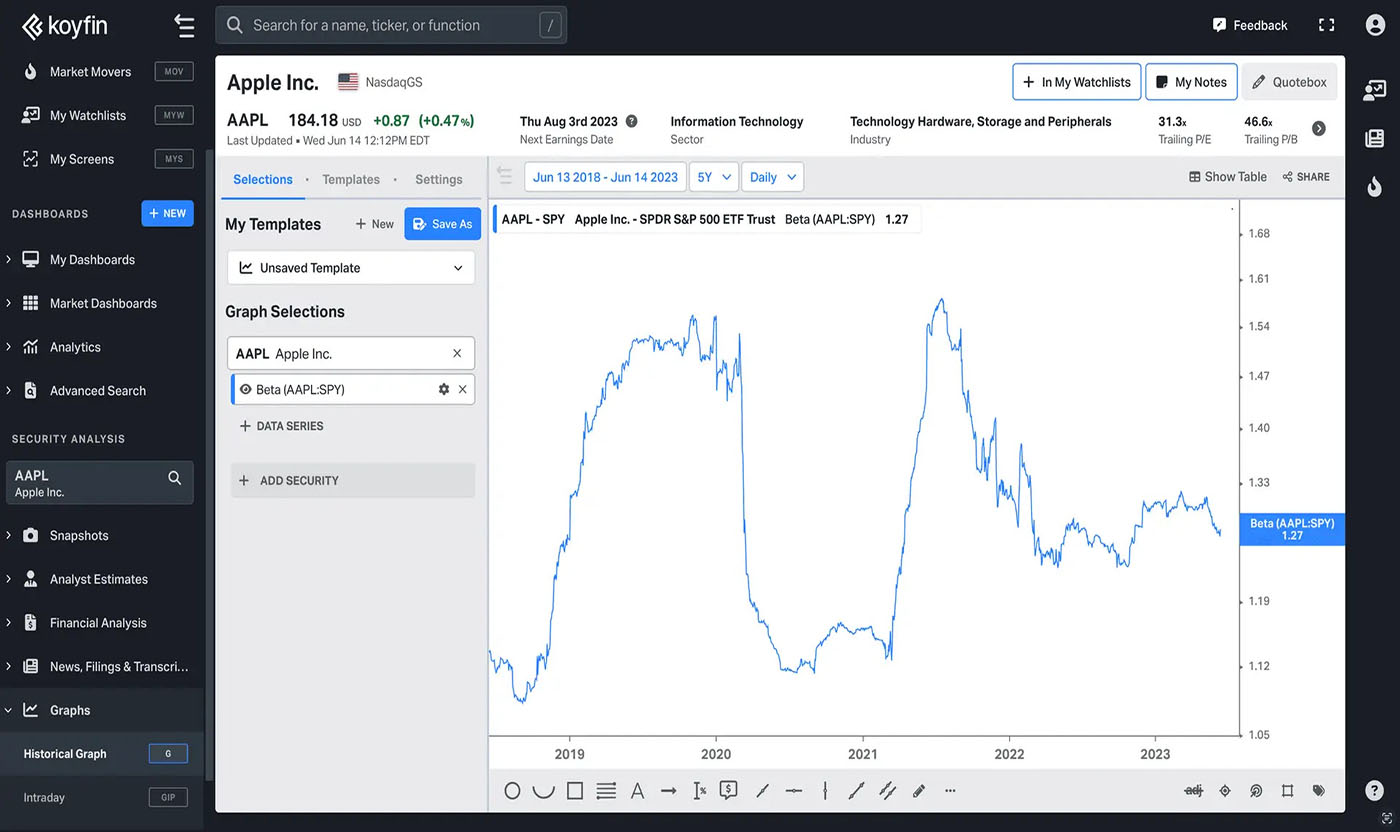The rise of technology in the financial world has brought about some of the most significant changes in how we invest. From algorithmic trading to mobile trading platforms, technology has made investing more accessible than ever before. But one of the most remarkable advancements in personal finance is the rise of robo-advisors—automated investment platforms that promise to take the complexity out of investment management. Whether you’re a beginner looking to start investing or a seasoned investor looking for a more efficient approach, robo-advisors could be the solution you need.
When I first came across robo-advisors, I was curious yet cautious. On one hand, the idea of using an algorithm to manage my portfolio sounded revolutionary, but on the other, I was skeptical about how much control I would actually have. Over time, I’ve come to embrace this technology, not just because it simplifies the process but because it offers a personalized, low-cost approach to managing my investments. In this article, I’ll share everything I’ve learned about robo-advisors, how they work, and how you can leverage them to improve your investment management strategy.
What is a Robo-Advisor?
A robo-advisor is an automated platform that provides financial advice and manages your investments using algorithms and mathematical rules. Unlike traditional financial advisors, robo-advisors operate largely on automated systems without requiring human intervention. They use computer models to assess your risk tolerance, goals, and investment preferences, and then create and manage a diversified portfolio on your behalf.
Robo-advisors usually rely on modern portfolio theory (MPT) and other sophisticated financial principles to build an optimized portfolio based on your individual needs. This means they don’t just randomly pick stocks; instead, they make data-driven decisions designed to maximize returns while minimizing risk over the long term.
I first started using a robo-advisor to simplify my investment process and reduce the emotional stress of picking individual stocks. It became clear that automated investing is not just for those new to investing; even seasoned investors like me can benefit from the convenience, lower costs, and objective decision-making that robo-advisors provide.
Why Use a Robo-Advisor?
There are numerous reasons to consider using a robo-advisor, and in my case, the decision was driven by a combination of factors. Here are the top reasons why I think robo-advisors are worth considering:
1. Low-Cost Investing
Traditional financial advisors usually charge a flat fee or a percentage of assets under management (AUM), which can range from 1% to 2% annually. While this might not sound like much at first, over the long term, it can significantly reduce your returns. Robo-advisors, on the other hand, typically charge much lower fees—usually between 0.25% and 0.5% annually—making them an affordable alternative for most investors.
In my case, choosing a robo-advisor helped me keep more of my returns. Over the years, I’ve found that even a small reduction in fees can compound into a significant difference in my portfolio’s growth.

2. Accessibility and Convenience
One of the biggest advantages of robo-advisors is the accessibility they offer. Everything is done online, and you can manage your investments from anywhere, anytime. Whether you’re on a vacation or just relaxing at home, you can make adjustments to your portfolio or monitor your account from your phone or computer.
As someone with a busy schedule, this level of convenience is essential. I no longer need to schedule meetings with financial advisors or spend hours researching stocks and ETFs. Instead, I rely on the robo-advisor to do all the heavy lifting.
3. Diversification Made Easy
Diversification is one of the core principles of successful investing. When I first started investing, it was overwhelming to figure out how to build a balanced portfolio. Should I invest in stocks, bonds, or commodities? Which sectors should I focus on? Robo-advisors simplify this by automatically creating a diversified portfolio for you, usually with a mix of low-cost ETFs, stocks, and bonds. The software ensures that your investments are spread across different asset classes, which can help reduce risk and volatility.
I love the fact that my robo-advisor takes care of rebalancing my portfolio as well. This is a critical step that many beginner investors overlook—regularly rebalancing your investments to maintain the desired allocation is key to long-term success, and it’s something that robo-advisors handle automatically.
4. Objectivity and Emotional Control
If you’re like me, it’s easy to get emotionally attached to your investments. When the market is down, it’s tempting to sell off losing assets, or worse, panic and avoid investing altogether. One of the best things about using a robo-advisor is that it takes emotion out of the equation. The algorithms don’t get scared during market downturns; they simply follow the plan.
Whenever I’ve felt nervous about the market’s short-term fluctuations, I’ve been able to rely on my robo-advisor’s steady approach. This has helped me stick to my long-term strategy, which has ultimately paid off.
How Do Robo-Advisors Work?
Robo-advisors use sophisticated algorithms to evaluate your investment needs based on a variety of factors, such as your financial goals, risk tolerance, time horizon, and current financial situation. The process usually goes as follows:
1. Answer a Few Simple Questions
Most robo-advisors will begin by asking you a series of questions. These questions typically cover your risk tolerance, financial goals, and investment timeline. For example, they may ask whether you’re saving for retirement, how long you expect to invest, and whether you’re comfortable with high levels of risk or prefer a more conservative approach.
This is where you’ll define your investment strategy. The answers you provide will guide the algorithm in creating a customized portfolio.
2. The Algorithm Creates a Portfolio
Once you’ve answered the questions, the robo-advisor uses an algorithm to design a portfolio that aligns with your goals and risk profile. Typically, this involves allocating your money across various asset classes (stocks, bonds, real estate, etc.) and geographical regions. The goal is to balance risk and reward based on your preferences.
Robo-advisors use Modern Portfolio Theory (MPT) and other strategies to ensure that your portfolio is as optimized as possible. This allows you to achieve the best returns for the level of risk you’re comfortable with.
3. Automated Investment Management
Once your portfolio is set up, the robo-advisor takes over the management process. This includes regular rebalancing to ensure that your portfolio maintains the correct allocation as market conditions change. For instance, if one asset class becomes overrepresented due to significant growth, the robo-advisor will automatically adjust your holdings to bring them back in line with your original goals.
4. Ongoing Monitoring and Reporting
Robo-advisors usually provide easy-to-understand reports and dashboards, so you can track your investment’s performance in real-time. Many also offer tax-optimization strategies, such as tax-loss harvesting, to help minimize the tax burden on your gains.
Top Robo-Advisors to Consider in 2024
Over the past few years, I’ve had the chance to try several robo-advisors, each offering its own unique set of features. Here are my top recommendations:
1. Betterment
Betterment is one of the most popular robo-advisors, and for good reason. The platform offers personalized portfolios based on your financial goals, and it automatically rebalances your portfolio as needed. They also provide tax-efficient strategies, such as tax-loss harvesting, which is a great way to reduce your tax burden.
Betterment offers two main plans: a digital plan with a 0.25% annual fee and a premium plan for 0.40%, which includes access to financial advisors.
Website: www.betterment.com
2. Wealthfront
Wealthfront is another highly respected robo-advisor that excels in offering low-cost, diversified portfolios. Wealthfront’s unique feature is its path financial planning tool, which helps you map out your financial goals and develop a comprehensive plan to achieve them. They also provide tax-loss harvesting for accounts over $100,000.
Wealthfront charges a 0.25% annual fee for its services.
Website: www.wealthfront.com
3. SoFi Invest
SoFi Invest offers automated portfolio management, and it also provides access to other financial products, such as student and personal loans, insurance, and banking. The platform is particularly appealing for beginners due to its user-friendly interface and comprehensive educational resources.
SoFi Invest charges no management fee for its automated investing services, making it one of the most cost-effective robo-advisors on the market.
Website: www.sofi.com/invest

4. M1 Finance
M1 Finance is a hybrid robo-advisor that combines the benefits of automation with the flexibility of self-directed investing. It offers a unique “pie” investment structure, where you can choose from pre-built portfolios or customize your own. It’s a great option for those who want the ease of automation but still enjoy some level of control over their investments.
M1 Finance doesn’t charge any management fees, and it offers fractional shares, making it easy to diversify even with small amounts of money.
Website: www.m1finance.com
Is a Robo-Advisor Right for You?
Robo-advisors are an excellent option for anyone looking to simplify their investment strategy, especially those who may not have the time, expertise, or inclination to manage their investments actively. For me, using a robo-advisor has been a game-changer. It’s saved me time, reduced my stress, and helped me stay disciplined in my investment strategy.
Before choosing a robo-advisor, however, make sure to consider your financial goals, risk tolerance, and investment preferences. Different robo-advisors offer different features, so it’s important to select one that aligns with your needs.
If you’re still uncertain about robo-advisors, I recommend starting small. Many platforms allow you to open an account with no minimum balance or low fees, so you can test out the service and see how it fits with your investment goals.
Robo-advisors are an excellent tool for anyone looking to make investing simpler, more affordable, and more efficient. By automating the process, you can reduce emotional decision-making, lower your fees, and focus on achieving your long-term financial goals. And in 2024, with technology continually evolving, there’s never been a better time to take advantage of these powerful tools.



